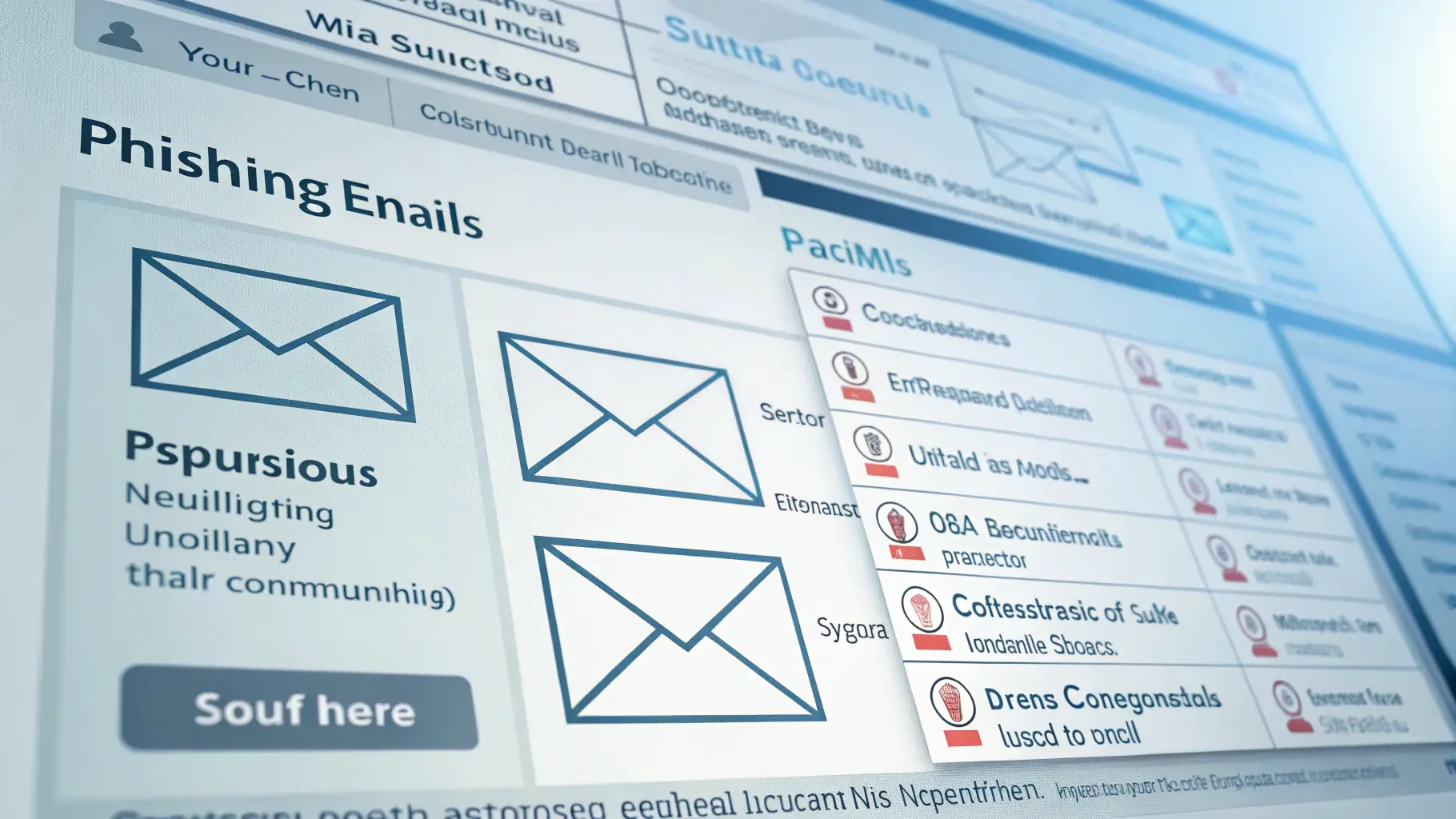Email Security in 2024: How to Protect Yourself from Phishing, Malware, and Identity Theft
Email remains one of the most targeted attack vectors for cybercriminals in 2024. Whether you use a permanent email address for personal or professional communications, or a temporary email service like temp-mail.club for quick registrations, securing your inbox is critical. Threats such as phishing, malware, and identity theft are evolving, and only a layered defense can keep you safe.
In this guide, we’ll explore five essential security practices that reduce your risk of being compromised. We’ll also discuss how temp email services fit into a robust security strategy.
1. Enable Two-Factor Authentication (2FA) Wherever Possible
Two-factor authentication adds a crucial second layer of security to your email accounts. Even if hackers obtain your password, they still need access to your phone or authentication app to log in.
Why It Matters
With 2FA enabled, stolen credentials alone are not enough for an attacker to breach your account. This significantly increases the difficulty of unauthorized access.
How to Implement
- Enable 2FA on all primary email accounts
- Use authenticator apps like Google Authenticator or Authy instead of SMS, where possible
- Store backup codes securely offline
- For temporary email services, note that 2FA may not be available—use them only for non-critical communications
Even if you rely on temp mail for quick sign-ups, apply the same security mindset to your primary accounts.
2. Think Before You Click Any Links or Attachments
Phishing attacks thrive on impulsive clicks. A moment’s caution can prevent a major breach.
Red Flags to Watch For
- Unexpected attachments, especially with extensions like .exe, .zip, or .scr
- Links from unknown senders
- Urgent requests for sensitive information
- Emails with obvious spelling or grammar errors
- Spoofed domains (e.g., “arnazon.com” instead of “amazon.com”)
Best Practice
When in doubt, verify through a separate communication channel before responding. This is especially critical for work-related requests involving confidential data.
For untrusted sources, consider using a temp email from temp-mail.club to avoid exposing your main address to potential spam or phishing attempts.
3. Never Access Email Over Unsecured Wi-Fi Networks
Public Wi-Fi is a common hunting ground for cybercriminals. Without encryption, your data—including emails—can be intercepted.
Smart Alternatives
- Use mobile data instead of public Wi-Fi for email access
- Invest in a reputable VPN to encrypt your traffic
- If public Wi-Fi is unavoidable, avoid accessing sensitive accounts
- For non-sensitive communications, use temp mail services
Pro tip: When on unsecured networks, services like temp-mail.club are useful for temporary registrations that don’t require your primary email.
4. Keep Your Email Software and Security Tools Updated
Outdated software is a prime target for attackers who exploit known vulnerabilities. Regular updates close these security gaps.
Update Checklist
- Enable automatic updates for your email client
- Keep your operating system current
- Update antivirus software regularly
- Update web browsers if you use webmail
Security patches often address newly discovered vulnerabilities. Ignoring update notifications leaves you exposed to avoidable risks.
5. Separate Work and Personal Email Communications
Mixing work and personal email increases the risk of cross-contamination between accounts, potentially exposing both to compromise.
Risks of Mixing Emails
- Accidental sharing of sensitive work data with personal contacts
- Personal account breaches affecting corporate systems
- Phishing links in personal emails are impacting work accounts
- Difficulty managing and organizing communications
Best Practices
- Use dedicated addresses for work and personal communication
- Never forward work emails to personal accounts
- Use a temp email for one-time registrations, downloads, or testing
- Consider separate browsers or email clients for different accounts
The Temp-Mail.club Advantage
Temporary email services like temp-mail.club are valuable tools for protecting your primary address from exposure. While they are not a substitute for secured primary accounts, they are ideal for:
- Testing website registrations
- Downloading resources from unfamiliar sites
- Signing up for uncertain newsletters
- Any situation where you don’t want to expose your main email
By using temp mail strategically, you can keep your main inbox cleaner and safer.
FAQ: Email Security in 2024
1. Is a temporary email address secure?
Temporary email addresses from reputable services like temp-mail.club are secure for low-risk, short-term use. They are not designed for sensitive or long-term communications.
2. Can 2FA be bypassed?
While rare, advanced attacks can bypass 2FA. However, enabling it still significantly reduces the likelihood of compromise compared to password-only security.
3. How often should I update my email client?
Enable automatic updates to ensure you receive security patches as soon as they are released. Manual updates should be checked weekly if auto-updates are not possible.
4. Is public Wi-Fi always unsafe?
Public Wi-Fi can be used safely if combined with a strong VPN, but it’s best to avoid accessing sensitive accounts without encryption.
5. Can a temp email help reduce spam?
Yes. Using temp mail for sign-ups and downloads prevents spam from reaching your main inbox.
Conclusion
Email security in 2024 requires a proactive approach. Strong passwords alone are not enough—you must layer defenses like 2FA, cautious link handling, secure networks, timely updates, and account separation. Temporary email services such as temp-mail.club add another layer by protecting your primary address from unnecessary exposure.
While no method can make your email 100% hack-proof, these practices make you a much harder target. Cybercriminals often choose the path of least resistance; by implementing these measures, you significantly lower your risk profile.
TL;DR
In 2024, email remains a prime target for cyberattacks. Protect yourself by enabling 2FA, scrutinizing links and attachments, avoiding unsecured Wi-Fi, keeping software updated, and separating work from personal accounts. Use a temp email from temp-mail.club for low-risk, short-term needs to shield your main address. These layered defenses make you a far less attractive target for attackers.


